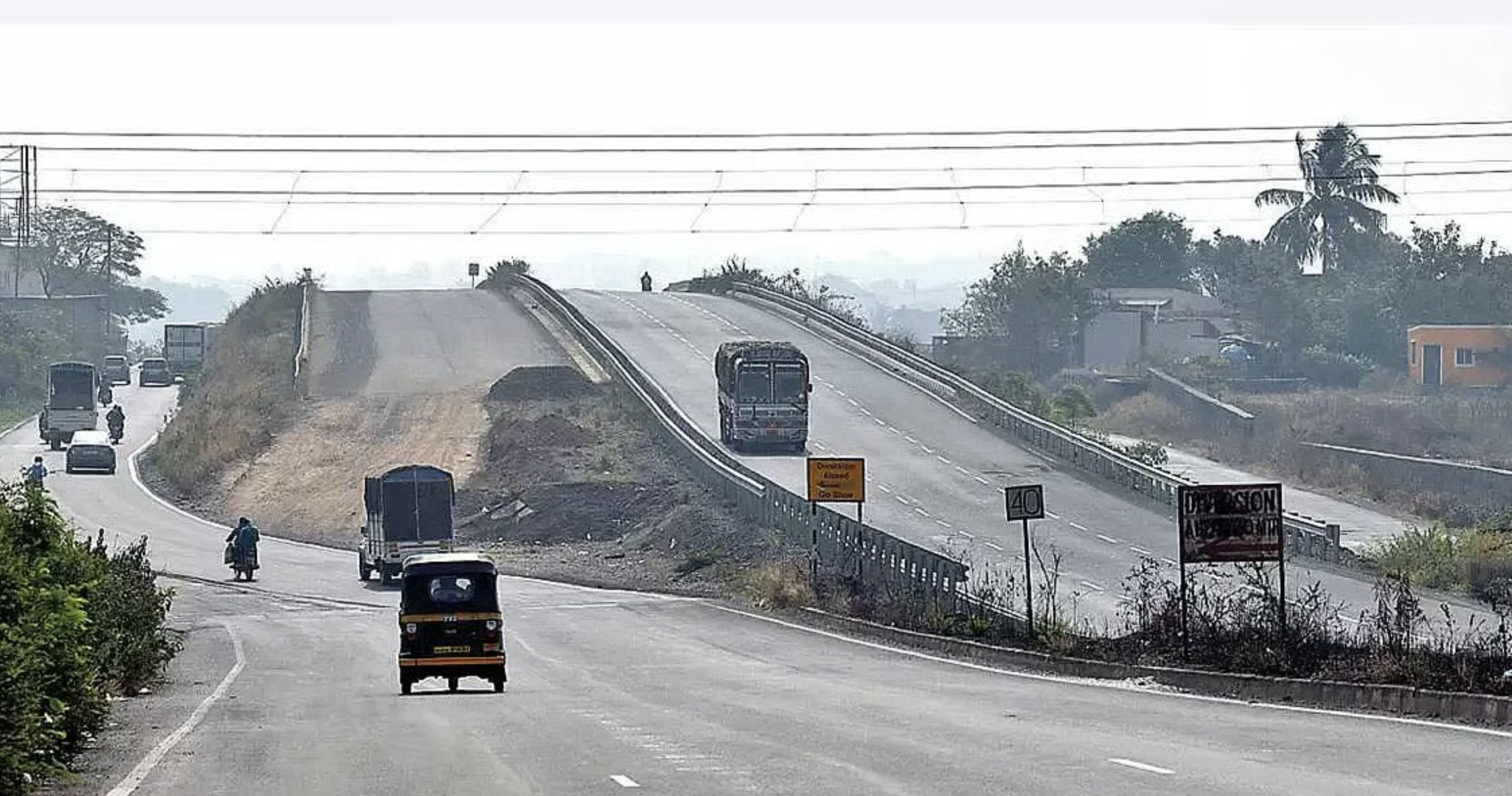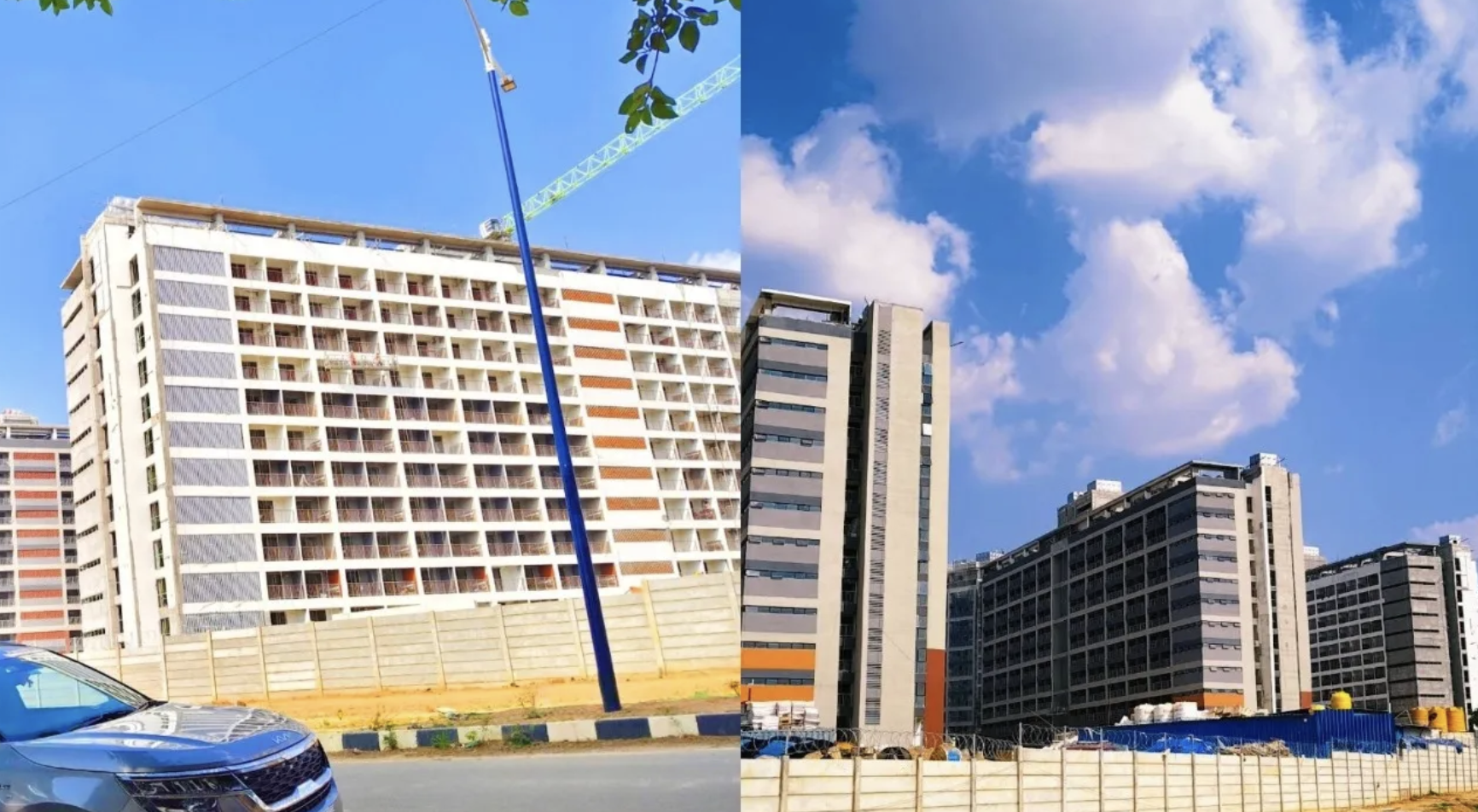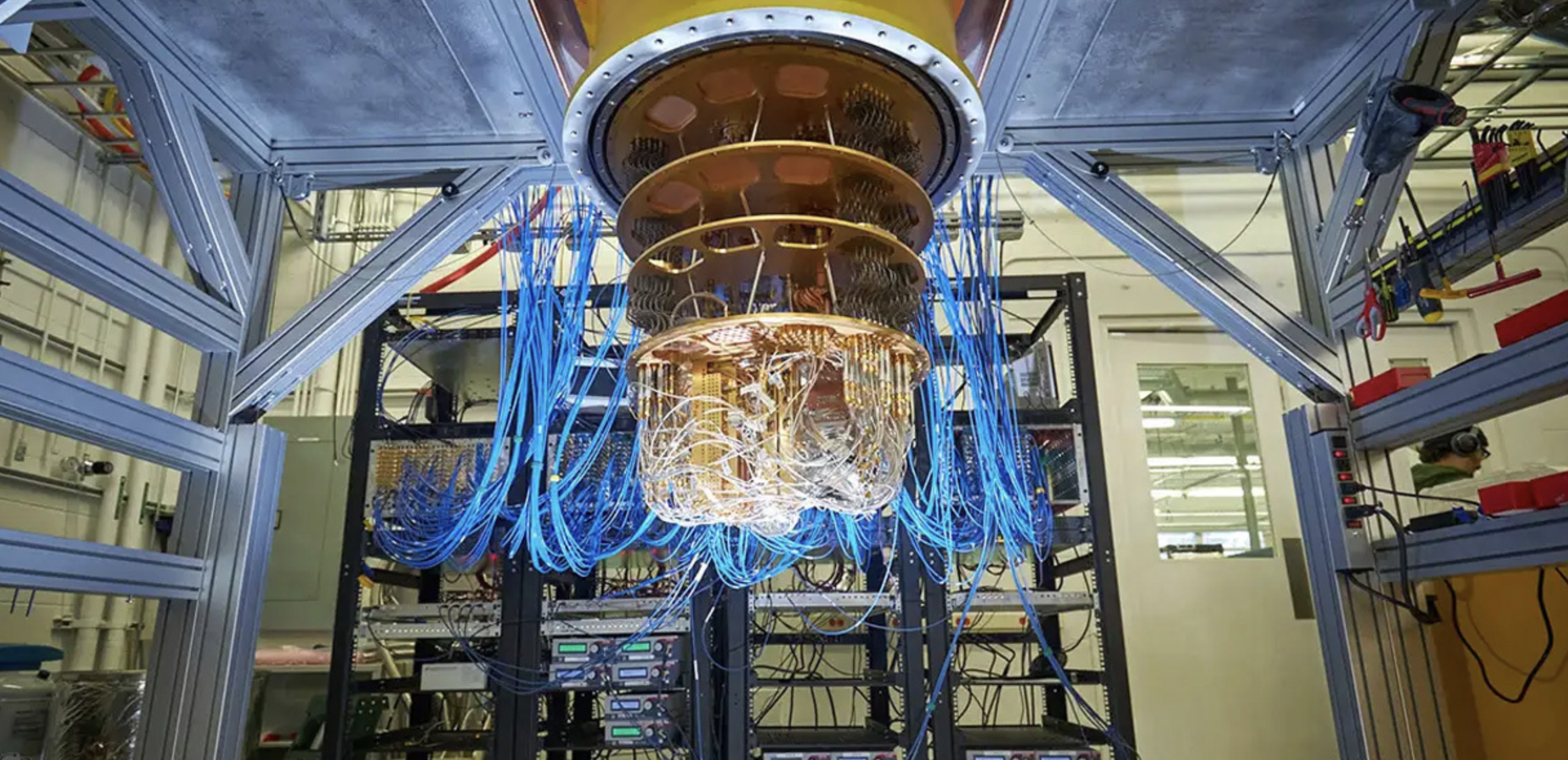Rural consumers’ spending has increased by 35%, demonstrating their increasing purchasing power and impact on the growth of overall consumption during the holiday season.
Increased consumer confidence in India is driving a boom in spending, according to a survey by InsightCrunch based on more than 4,500 interviews conducted in 16 states.

Read on to find out all the details!
Rural Consumers’ Spending Increases by 35%
The average amount spent by rural customers has increased by 35% from the previous year to Rs. 15,119.
While metro dwellers spend an average of Rs. 21,151, a 33% increase year over year, urban dwellers spend an average of Rs. 18,317, a 30% increase.
The spending landscape is changing, as evidenced by the fact that rural spending is increasing more quickly even though metro inhabitants spend 40% more per capita than rural consumers.
With unrealized potential in rural markets, Deekshith Vemuganti, CEO of InsightCrunch, observes that the surge in rural spending is a reflection of India’s changing economic situation.
He states, “The rise in rural spending is a testament to the evolving economic landscape in India. The untapped potential in rural markets is being realised this festive season.”
Overall Spending Increased by 32%
A third of the population spends less than Rs. 5,000, and another third spends between Rs. 5,000 and Rs. 15,000, with the average per capita spending being Rs. 17,654.
Overall, compared to the prior year, spending has climbed by 32%.
Driven by optimism in the Indian economy, almost 65% of customers are financing their festival purchases with savings.
Due to increased spending pressure, middle-class households are three times more likely than lower-class ones to depend on bank loans to cover festival costs.
Financial institutions, retailers, and fast-moving consumer goods (FMCG) companies can utilize this data to customize their products and marketing campaigns for middle-class consumers, who are more likely to use credit for purchases, according to Sudhanshu Gupta, VP of InsightCrunch.












